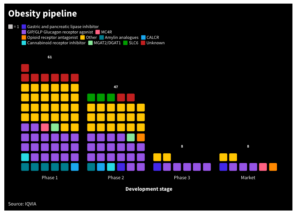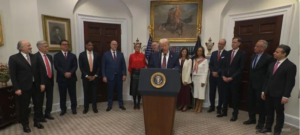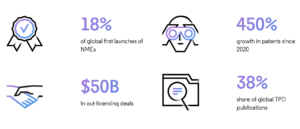
Protection in case of SPCs for pharmaceuticals?
SPCs offer up to five and a half years of additional protection after patent expiration for pharmaceuticals in order to compensate the patent holder’s inability to exploit their inventions while products undergo lengthy regulatory approvals.
Nevertheless, the messy, diverging national case law over one requirement for obtaining an SPC as set out in the EU Regulation No. 469/2009, namely that the product has to be “protected” by the base patent (“Article 3(a)-requirement”), has caused a decade-long debate over several flashy legal concepts like “technical contribution,” “inventive contribution,” and “core inventive advance”.
In “Royalty Pharma” (C-650/17), the Court of Justice of the EU (CJEU) now again attempted to bring some clarity to this matter in an appeal by Royalty Pharma against the refusal of an SPC application at the DPMA (German Patent Office), due to a failure to comply with the Article 3(a) requirement.
Royalty Pharma applied for an SPC in Germany, based on a basic patent that claims the use of a functionally defined class of inhibitors for the treatment of diabetes. The product at stake (Januvia®) comprises the active ingredient sitagliptin, a DP IV inhibitor. Sitagliptin was developed after the priority/filing date of the basic patent. It satisfies the functional definitions in the claims, but was not specifically disclosed.
In response to the questions that the Bundespatentgericht referred to the CJEU, the court ruled, that generally, it would be possible to grant an SPC, even if the product would not be specifically disclosed in the basic patent. However, a skilled person must be able to deduce directly and unequivocally that the product falls within the scope of protection. For this, a two-step test was established (see CJEU’s 2018 decision Teva vs Gilead), in which patentability requirements (disclosure requirements, novelty and inventive step) were admixed into the scope of protection analysis.
By doing so, the CJEU created nothing less than a specific set of rules for patent protection in case of SPCs. Most interestingly, an infringement defense can now be created based on a later obtained patent that is the result of an “independent inventive step” over a basic patent, as according to the CJEU this compound then cannot any longer fall within the scope of the protection conferred by that patent.
The IP Flash was published in the European Biotechnology Magazine Summer Edition 2020.


 IQVIA
IQVIA White House
White House Clarivate
Clarivate